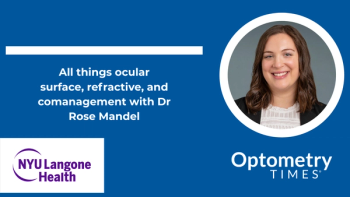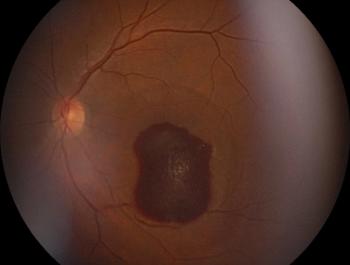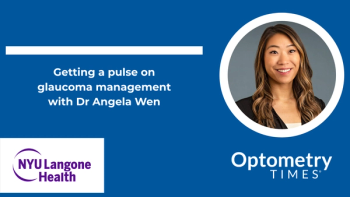
Study discovers correlation between fluoxetine and visual acuity improvement in adults with amblyopia
Research was based on results of a double-blinded, randomized, clinical trial performed between November 2017 and December 2022 in the strabismus clinic of Farabi Eye Hospital.
Iranian researchers led by first author Arash Mirmohammadsadeghi, MD, reported that treating adults with amblyopia with fluoxetine resulted in increased visual acuity (VA) in the amblyopic eyes that was significant compared with control eyes.1 He and his colleagues are from the Eye Research Center, Farabi Eye Hospital, Tehran University of Medical Sciences, Tehran, Iran.
They reached this conclusion based on the results of a double-blinded, randomized, clinical trial (IRCT20180316039110N1) performed between November 2017 and December 2022 in the strabismus clinic of Farabi Eye Hospital.
The study included adults over 18 years of age with anisometropic or strabismic amblyopia. Before treatment all participants underwent standard treatments with glasses and patching for 4 months. The patient then were assigned randomly to either an active treatment group with fluoxetine (20 md daily) or 3 months of placebo; patching was continued in both groups.
The VAs were measured and the visual evoked potentials (VEP) were analyzed before and after treatment.
Effect of fluoxetine
The study included 29 patients treated with fluoxetine and 26 patients who received placebo. The mean participant age was 27.2 ± 8.6 years (range, 18-54 years).
The investigators reported, “The mean logarithm of the minimum angle of resolution (logMAR) VA of the amblyopic eye improved by 0.20 ± 0.24 (range, 0-0.8) in the fluoxetine group (P < 0.001) and by 0.08 ± 0.15 (range, 0-0.7) in the placebo group (P = 0.01); the mean logMAR improvement was significantly higher in the fluoxetine group than in the placebo group (P = 0.04).”
They reported further that at the end of the study, the mean VA of the fluoxetine group (0.36 ± 0.21 logMAR) was better than the placebo group (0.43 ± 0.35 logMAR).
The VA increase was maintained 18 months after discontinuing treatment.
Regarding the VEP parameters, the N135 latency improved from baseline in the fluoxetine group (P = 0.03). The N75 amplitude did not change significantly in either group compared with baseline, but the changes differed significantly different between the two groups (P = 0.05).
The results led the investigators to conclude, “In our study cohort, fluoxetine treatment resulted in greater improvement in VA than placebo during patching for adult amblyopia.”
The investigators noted that a challenge when treating adults with amblyopia is the reduced neuroplasticity.
Reference:
Mirmohammadsadeghi A, Mousavi A, Akbari MR, et al. Fluoxetine as a possible treatment for adult amblyopia: results of a double-blind, randomized, placebo-controlled trial. J AAPOS. 2024;28:104009
Newsletter
Want more insights like this? Subscribe to Optometry Times and get clinical pearls and practice tips delivered straight to your inbox.



















































.png)


